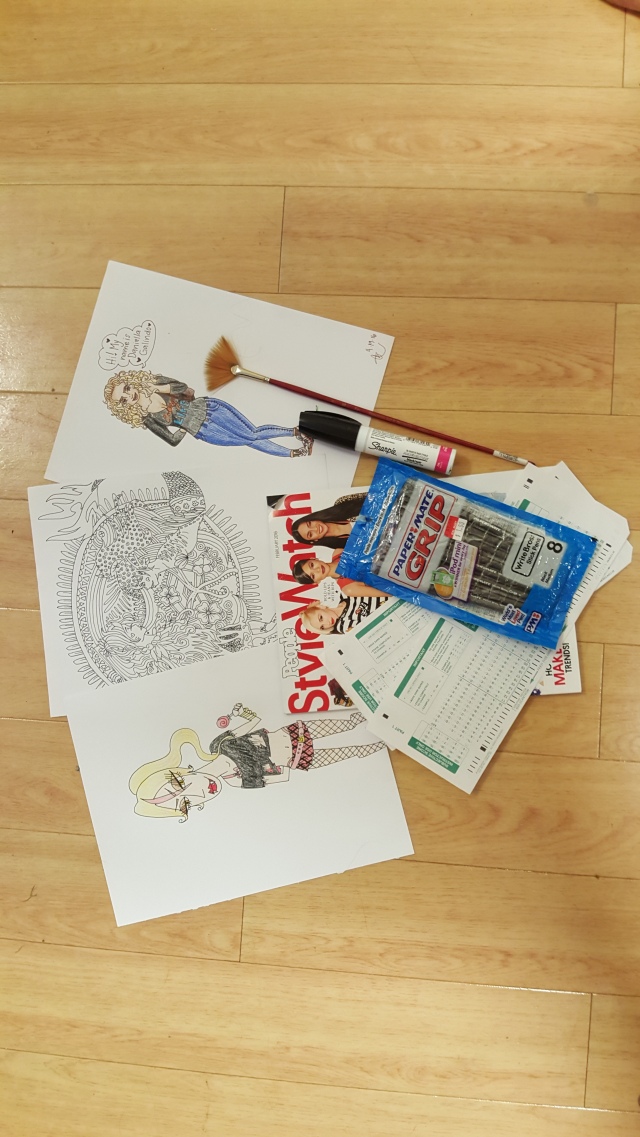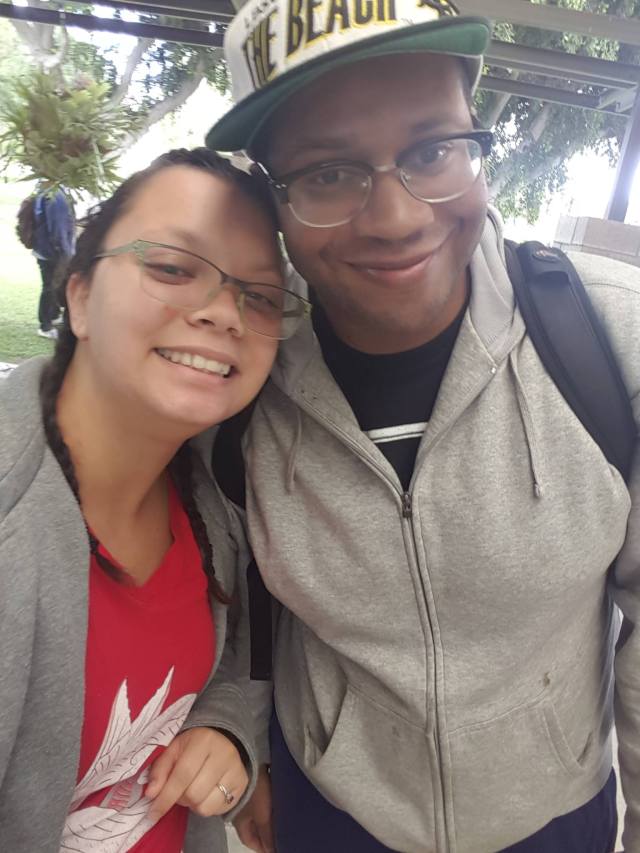Experiences like Turning Pages can be documented through film and photography as well as through writings (such as a blog post) after the experience is already over. These are all ways to capture momentary art experiences.
I believe that words and pictures can capture the essence of an experience, but not fully describe them. The base of this even can be captured through words and pictures, or even film, but the feelings, dialogue between people, and expressions cannot be fully captured outside of the moment which they happen. Still photography and writing CAN capture these experiences, just not entirely.
The style of the words and images DO matter. They reveal what the experience meant to the individual who documented it. For example, if a photo or written piece is disjointed, unorganized, or quickly captured, I assume that the artist was paying more time and attention to actually being IN the experience versus planning the documentation thereof.
Another way to share an experience to people who were not a part of it, other than writing and photography, is verbal retelling. I like the idea of verbal retelling, as this is the base of how people told stories and experiences to one another since the very beginning. I also enjoy the idea of the evolution and transformation of an experience based on multiple retellings: most stories gain new details when they are told over and over, turning the experience into something entirely new.
The act of documenting an experience does take you away from it. I felt more immersed in the library experience than the bookstore one. I didn’t have to take my attention away from what I was doing and I felt like all I had to focus on was getting the most out of the activity. On the other hand, in the library, I was focusing a lot more on getting the right photos than on the concept of the experience. Even so, the documentation of an experience creates an entirely new experience. When I was taking photos in the bookstore, the more artistic side of me was able to flourish in finding interesting angles and content to put into my documentation of the experience. The same freedom is not allowed when you are not the one documenting the event. Even so, both experiences and documentation processes have their strong suits.
To be honest, during this activity I felt like a nuisance in the library. I felt like the students were taking up space designed for people coming to work and that we were loudly disrupting a quiet working area of the building. I also felt like we should have returned the books ourselves instead of making the library staff do it. The staff looked annoyed when we were all giving them the books to put back. I see what the goal of the experience was, but I feel it was executed wrong. I feel that we could have checked out one oversized book and sat around Marta in a circle as she read it to us to challenge the college environment. That would have been a less disruptive and maybe more fun alternative to the process. I don’t really feel much about the bookstore part of the experience. All we had to do was take photos at different locations. I did enjoy the freedom and openness of the process more than the library experience though. I had an opportunity to talk to Marta, which I did not have in the library.
I have no new ideas about the nature of spaces. Each space is designed to serve a certain task. Unless there are moral issues surrounding the tasks being done in a space, they do not need to be challenged. For example, I think what we did in the library was disruptive and unnecessary. Yes, that part of the library is not for reading, but the thing is there are four other floors of the library with books and sitting areas where reading can be done. I don’t really like what we did in there, but I see what she was trying to do.
Overall, I get what the point of the activity was, but I feel like it was executed incorrectly and it was a bad experience. I felt like I was being an interruption and not for any good reason. There are no moral issues surrounding the computer lab section of the library, so why were we trying to fight it? Of course there are going to be computers in a college library; every floor does not need books. I don’t think that is something people need to stand up against, which is what we were doing. It made me and the people in the lab confused and uncomfortable. Again, though, I do understand what she was trying to get at, I wish it was not conducted in the way it was.
















































